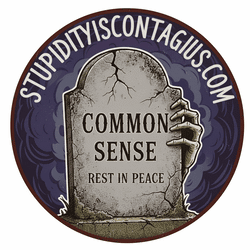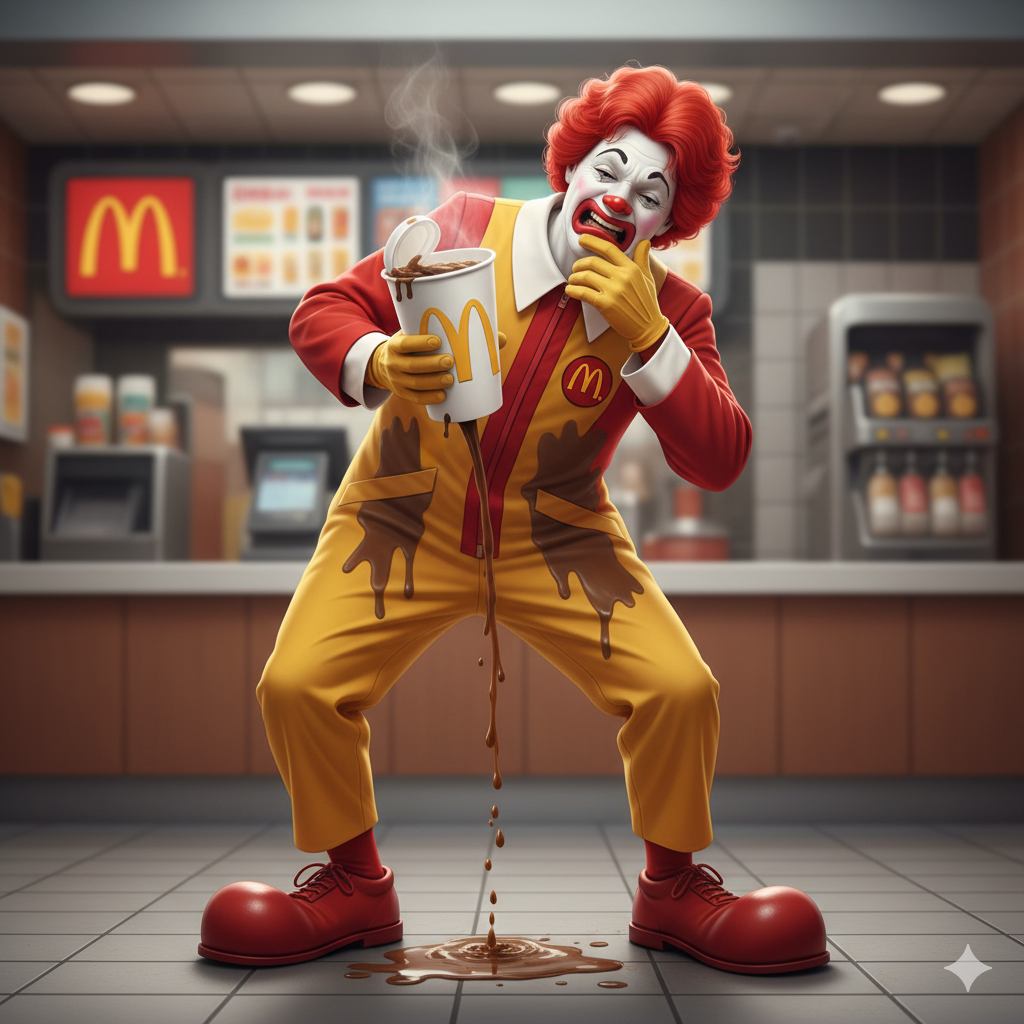Page Contents
When Common Sense Vanished: The Real Story Behind the McDonald’s Hot Coffee Lawsuit
The Day Common Sense Left the Building
In 1992, a 79-year-old woman named Stella Liebeck went to McDonald’s with her grandson in Albuquerque, New Mexico. She ordered a cup of coffee from the drive-thru, and after receiving it, she parked the car to add cream and sugar. She wasn’t driving. She wasn’t texting. She was simply trying to enjoy her coffee like any normal person.
Then, as she tried to remove the lid, disaster struck. The cup tipped and spilled its scalding hot coffee at 180 to 190 degrees Fahrenheit onto her lap. Within seconds, her clothes were soaked, and her skin was burning. Literally burning.
She suffered third-degree burns on her thighs, groin, and buttocks so severe that she required skin grafts and an eight-day hospital stay. Her doctors described it as one of the worst scalding injuries they had seen from a beverage.
McDonald’s Refused to Pay Her Medical Bills
Now here’s where common sense really went missing.
Stella didn’t sue McDonald’s for millions. She simply asked the company to cover her medical bills, which totaled about $20,000. McDonald’s countered with a laughable $800. That’s not even enough to buy a new car seat and a box of bandages.
Frustrated and still in pain, Stella decided to take legal action, not to get rich, but to hold McDonald’s accountable for selling a product that was unnecessarily dangerous.
The Scalding Truth Behind McDonald’s Coffee
During the trial, her lawyers discovered something shocking. McDonald’s required all its restaurants to serve coffee between 180 and 190 degrees Fahrenheit which is far hotter than the 140 degrees that most home coffee makers brew at. Liquids at that temperature can cause third-degree burns in less than three seconds.
Even worse, the company was well aware of the risk. McDonald’s had received over 700 prior complaints from customers burned by its coffee. Yet the company decided it was cheaper to pay off occasional burn victims than to lower the temperature or warn customers adequately.
Let that sink in. Hundreds of people had already been burned, but someone in a boardroom said, “Eh, it’s fine. Let’s keep it hot.” Apparently, common sense wasn’t invited to that meeting.
The Jury’s Verdict and the Public’s Outrage
After hearing the evidence, the jury awarded Stella $200,000 in compensatory damages, later reduced to $160,000 because they found her 20 percent at fault for the spill. They also hit McDonald’s with $2.7 million in punitive damages which was roughly equal to two days of coffee sales to get the company’s attention.
The judge later reduced the punitive damages to about $480,000, and both parties eventually settled confidentially for less than $600,000 but you wouldn’t know that from how the media reported it.
The Media Made It a Punchline
Rather than investigate the details, reporters ran with the easy headline: “Woman Sues McDonald’s Because Coffee Was Hot.”
Late-night comedians mocked her. Politicians cited her case as an example of America’s “lawsuit culture.” Talk show hosts portrayed her as greedy and the public ate it up like a fresh Egg McMuffin.
Almost nobody mentioned her burns. Nobody reported that McDonald’s had ignored hundreds of prior complaints. Nobody explained that she originally asked for just $20,000 in medical costs. It was easier to laugh than to think.
The Real Joke Was on Us
In the years that followed, Stella Liebeck became a symbol of frivolous lawsuits even though her case was anything but. The McDonald’s Hot Coffee Lawsuit wasn’t about greed. It was about negligence. It was about a multibillion-dollar corporation valuing profits and convenience over customer safety.
People didn’t bother to look deeper so the myth persisted. “Don’t spill your coffee, or you’ll sue somebody!” became the punchline of every lazy conversation about lawsuits.
Ironically, McDonald’s quietly lowered the temperature of its coffee after the case and began labeling its cups with “Caution: Hot.” So yes, the lawsuit actually made the world a little safer just not any smarter.
When Common Sense Fails Everyone
The McDonald’s hot coffee lawsuit has since been studied in law schools as a prime example of how misinformation spreads and how common sense can disappear at every level of society:
- McDonald’s ignored hundreds of injuries and served coffee hot enough to melt skin.
- The media ran with the easiest, most misleading narrative possible.
- The public believed what they were told without ever checking the facts.
It was a perfect storm of arrogance, ignorance, and bad journalism and we’ve learned absolutely nothing since.
Final Sip
If there’s a moral to this story, it’s that common sense isn’t common at all. It’s easy to laugh at headlines, harder to look beneath them. The McDonald’s Hot Coffee Lawsuit reminds us that sometimes the real stupidity isn’t in the story but in how the world reacts to it.
References
- Liebeck v. McDonald’s Restaurants — Wikipedia
- The McDonald’s Hot Coffee Case: Separating McFacts From McFiction — FindLaw
- Legal Myths: The McDonald’s “Hot Coffee” Case — Public Citizen
- McDonald’s Coffee Case Facts — Texas Trial Lawyers Association
- Liebeck v. McDonald’s — The American Museum of Tort Law
- 10 Things You Never Knew About the McDonald’s Hot Coffee Case — Lawyer Scott Callahan
- Fact Sheet About the McDonald’s Scalding Coffee Case — Legal Rights Advice

